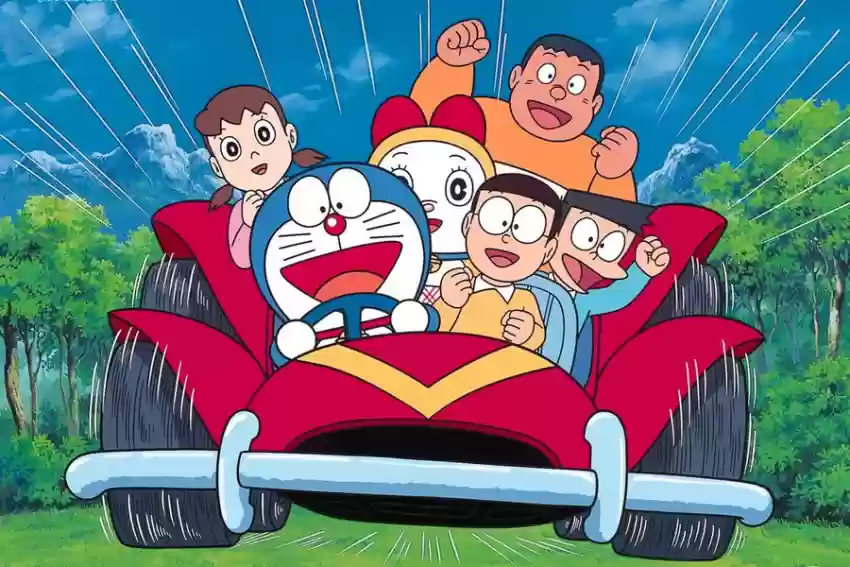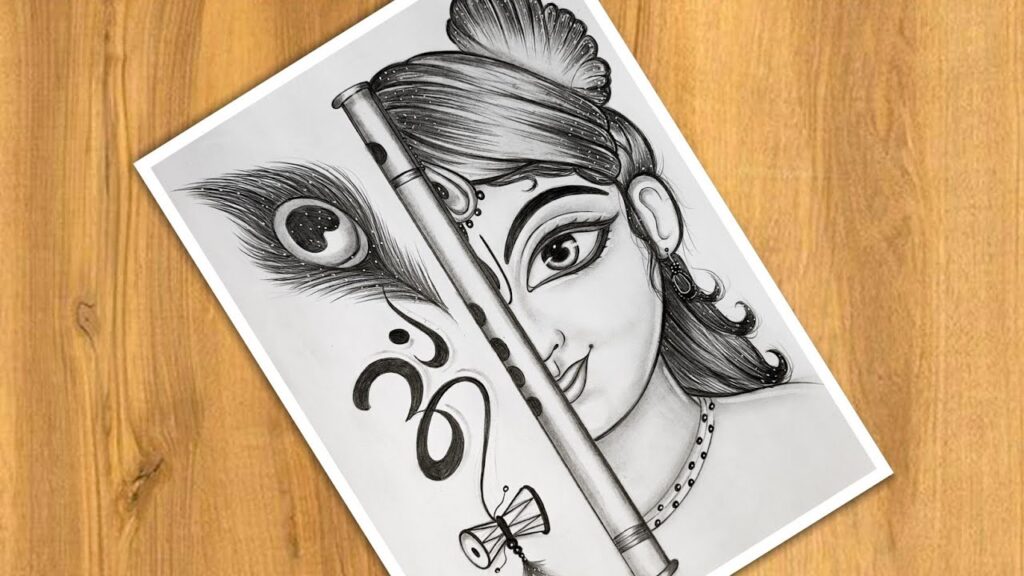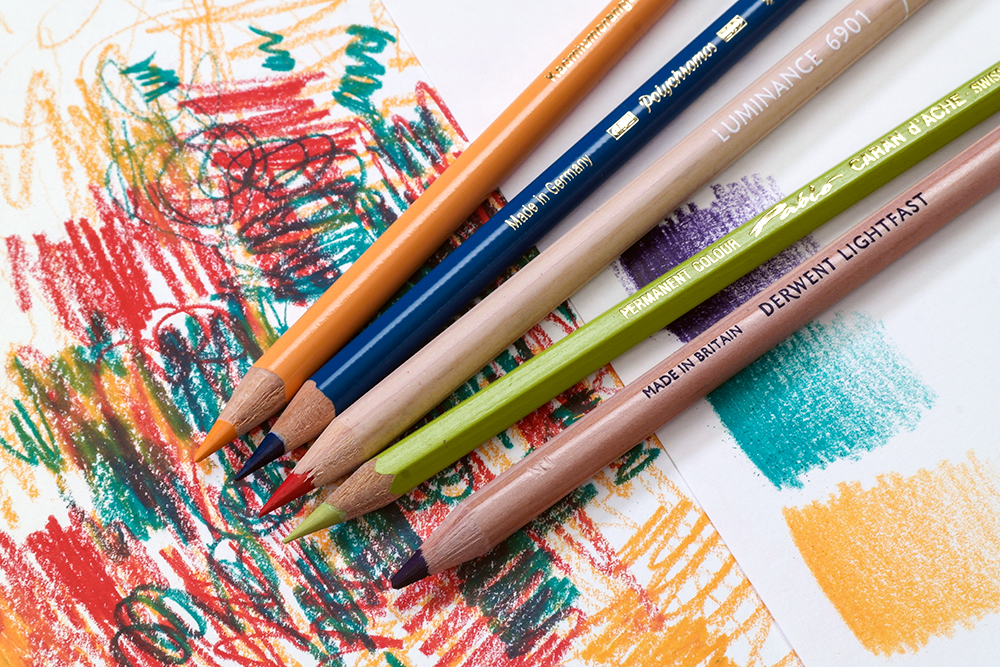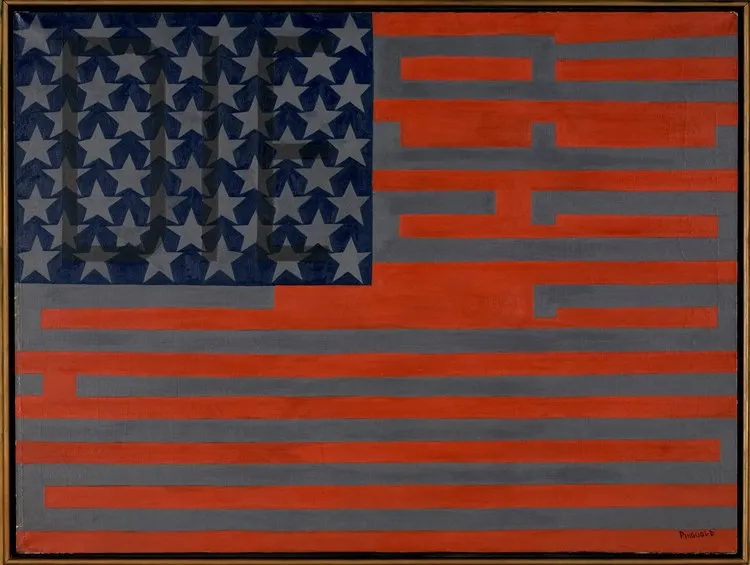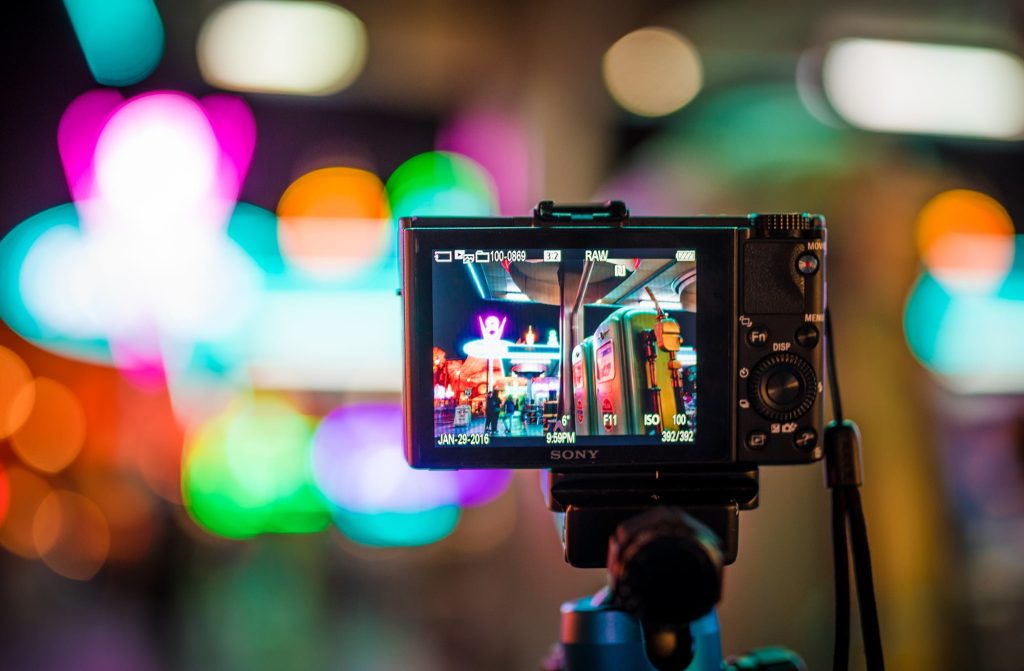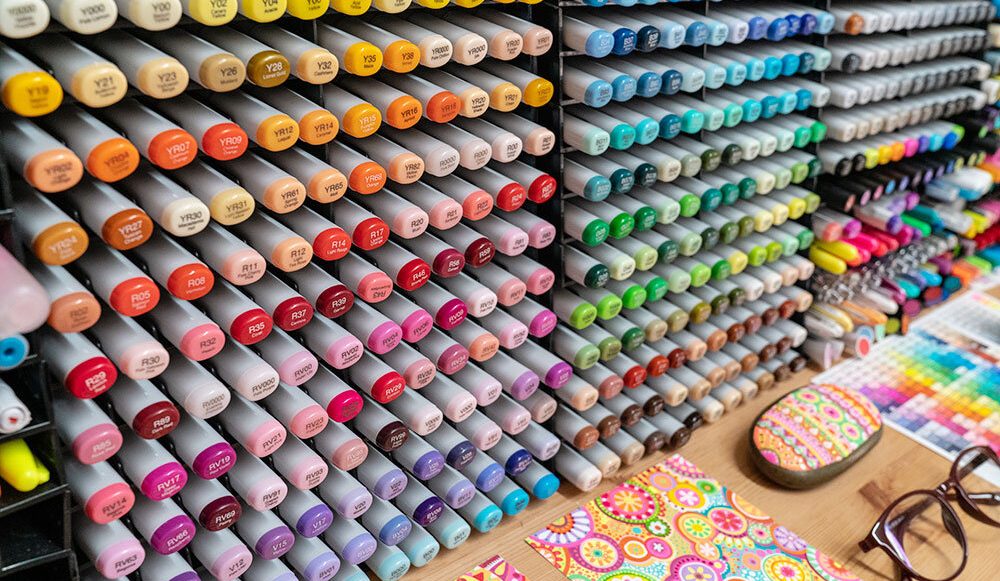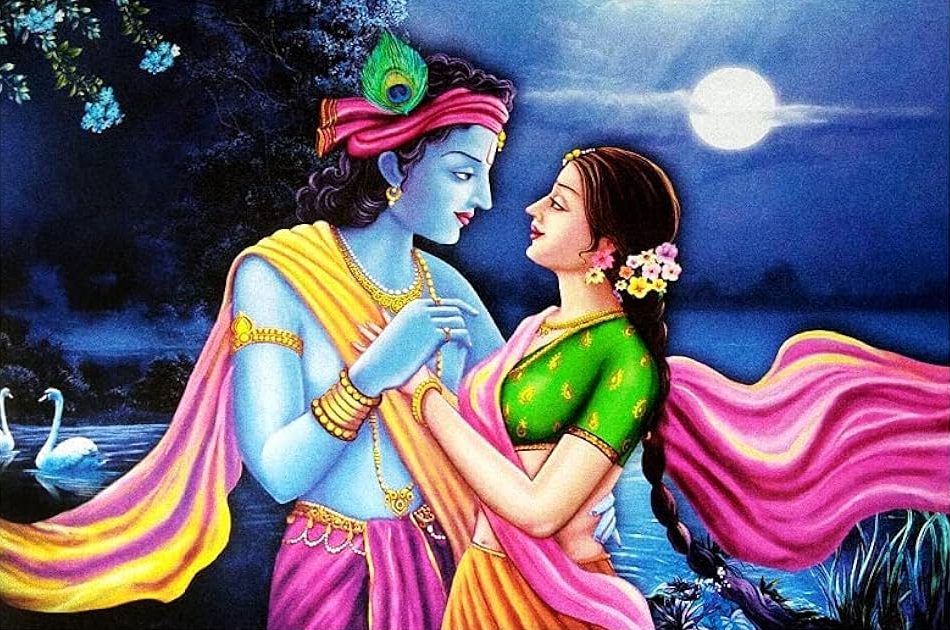You’ve Got A Friend in Doraemon Paintings
We Y2K kids grew up watching television. Whether it was the Disney Channel originals or Japanese anime. There are some classics, which are still dominating kids’ television, such as Pokemon, Crayon Shin-Chan, and Doraemon. How can we or anyone forget about the lovable blue robotic cat, Doraemon, the star of his eponymous series? His adventures […]
You’ve Got A Friend in Doraemon Paintings Read More »

